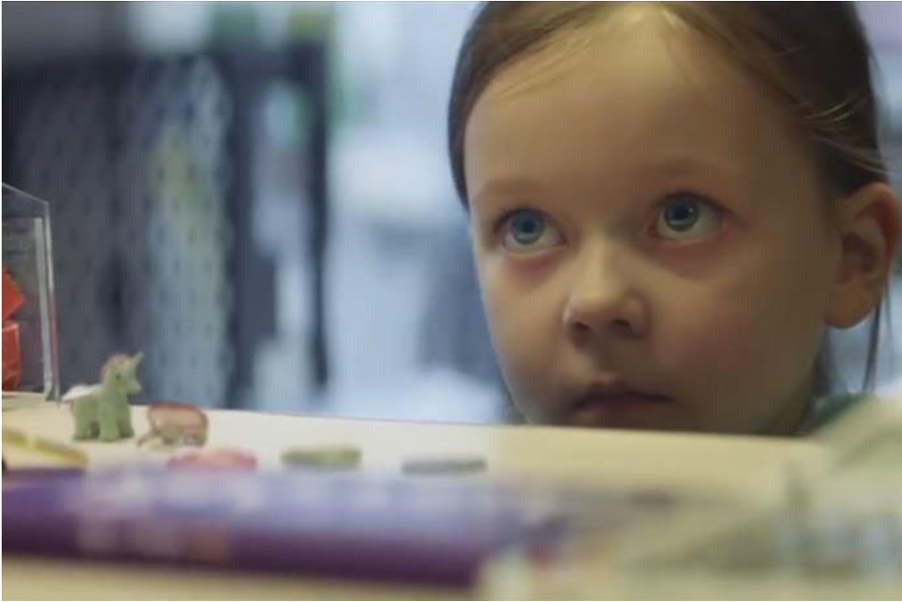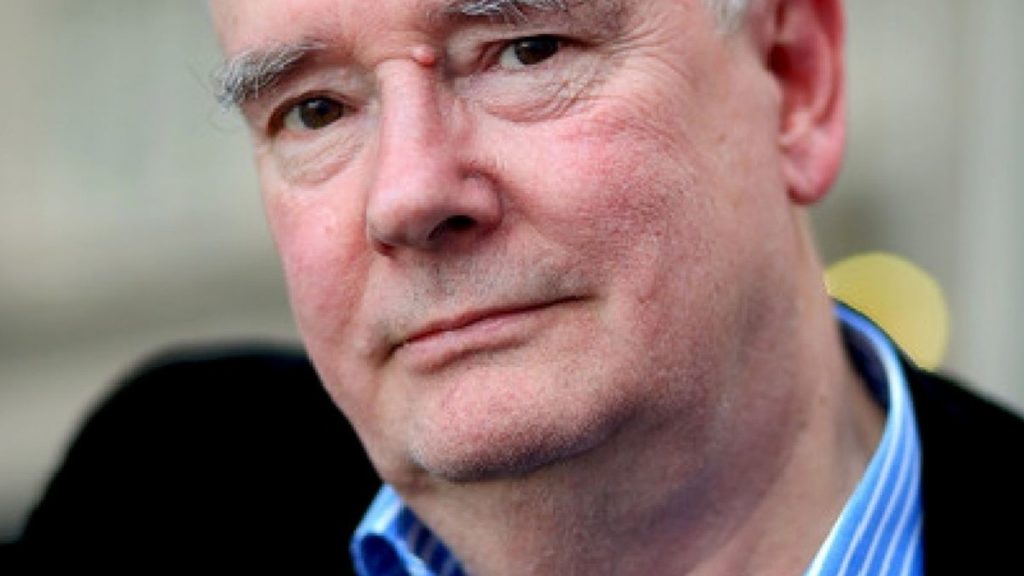Patrick Collister, NDA’s monthly creative columnist, is the Curator of The Caples Awards, Editor of Directory and a friend to Ad-Lib.io.
Not long ago I did a rant at a conference.
Afterwards a young creative director came up to me.
(Creative directors are a bit like Policemen these days. They all look as if they’ve only just done ‘A’ levels.)
“C’mon, tell the truth, was it better in the old days?” he asked.
Yes. It was.
Back in them thar’ times, agencies weren’t paid by their clients. They were paid by the media owners. When an ad was placed in the newspapers or on telly, the newspapers and the TV stations paid the agency 15% commission.
On a spend of £1 million, the agency would make £150,000.
That’s not bad, you know.
Today, clients pay fees. And their procurement teams are trained to squeeze agencies until the pips squeak.
Not only was it better back in the 80s, when I drove fast cars and drank at The Zanzibar, the advertising was better too.
The system rewarded good ads.
If the agency made an ad that was successful, the client would keep running it.
The ad didn’t just make more money more easily for the agency, it bought time.
Young creatives won’t believe this but we had two weeks to write a script, a month to produce a campaign.
They were long-term times.
Client/agency relationships lasted for decades.
Campaigns too.
Brands were built over time.
‘Probably the best lager in the world’ has been running since 1973, despite the determined efforts of various Carlsberg marketers to kill it off.
‘Heineken refreshes the parts other beers cannot reach’ ran for 20 years.
Gary Lineker has appeared in over 150 ads for Walker’s Crisps since 1994.
But today there’s very little investment in durable advertising properties of this kind.
There’s a meerkat.
And Kevin Bacon has been making good money for EE.
Perhaps the problem is the average tenure for a CMO is just over three years.
Just long enough to jettison your predecessor’s work and launch your own Big Idea, which, natch, your successor will trash.
Professor Mark Ritson makes the interesting observation that the winner of this year’s IPA Effectiveness Awards Grand Prix with their work for Cadbury Dairy Milk is agency VCCP.
Their Cadbury client is Benazir Barlet-Batada.
She has worked on Dairy Milk for 12 years.
Long enough to invest in a series of touching commercials about ‘generosity’, which has led to an annual sales lift of £261 million and to Cadbury becoming the UK’s fastest-growing grocery brand, worth over £1.4 billion a year.
(Watch ‘Mum’s Birthday’. Soppy but sweet.)
Sadly for the IPA, this sort of thoughtful brand-building bucks the trend.
I think it all began with the Financial Crash of 2009, when the world suddenly veered into a left-brain obsession with numbers.
CEOs and CFOs wanted their CMOs to deliver sales results.
Not next month.
Or next quarter.
NOW.
Brand advertising, forget it. Then came Covid. Budgets have been slithering down the funnel ever since, away from awareness and into performance.
The advertising is not pretty.
Mostly it comprises a rational appeal to people who would probably have been in the market for the product at the time anyway.
They like the look of the deal and so they buy.
With their heads.
By contrast, brand ads at their best speak to the heart.
They are deliberately emotional.
(By the way, ‘emotional’ doesn’t necessarily mean tear-jerking. It can mean funny. ‘Should’ve gone to Specsavers’ has been running for 20 years and has delivered well over £1 billion of incremental profit.)
Brand ads get people to buy at some indeterminate, hard-to-measure time in the future.
Not because they need to buy so much as they want to.
Now that we’re about to get a smacking from a new recession, advertising is almost certainly going to get worse. Shoutier and cruder.
Paul Feldwick, author and former Chief Strategy Officer of DDB EMEA, has written a mocking ten-point guide how to do a contemporary TV commercial.
- No shot should last longer than two seconds.
- Ideally, use no dialogue.
- Don’t worry if the ad makes little sense because the people who will actually watch it will already have read a lengthy description of what it’s meant to be about in other media.
And so on.
Orlando Wood, in his books, ‘Lemon’ and ‘Watch Out’, describes this musically-banging, littered-with-titles and feature-led advertising as symptomatic of a left-brained world.
That is to say, a short-term world.
And this is a long-term issue.
Not just for companies whose marketers are sacrificing long-term growth for immediate needs.
It goes further and deeper than that.
It’s a world in which young people are addicted to the immediate gratification of social media and live for the next ping.
It’s a world in which the crypto bubble has been nourished by fantasists wanting to make a fast buck rather than work hard to make a good living.
It’s a world in which governments are unable to prepare for the inevitable problems of climate change because they are fixated with the next election; in which the voters would rather have an immediate tax cut than pay for a safer world for their grandchildren.
Was it better in the old days?
You tell me.











